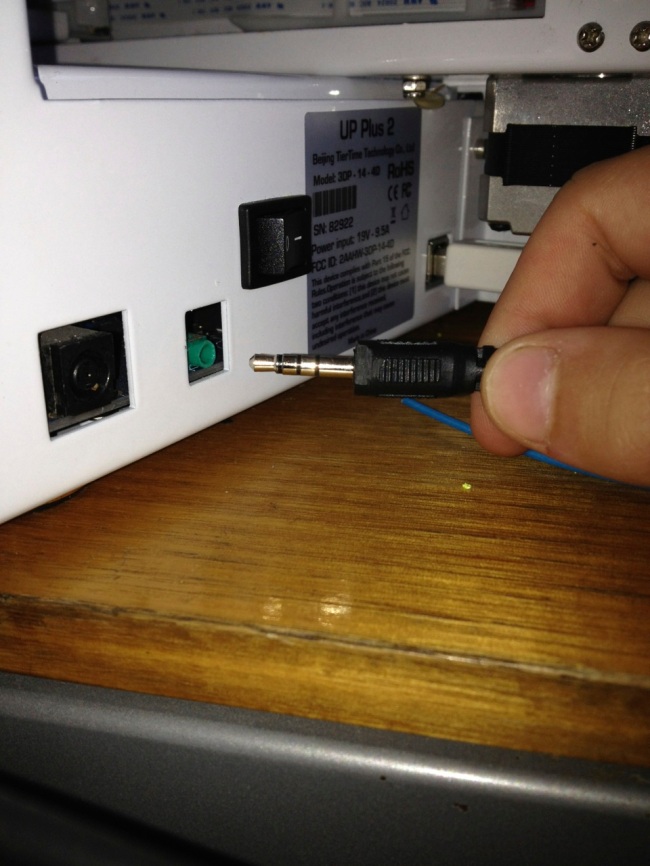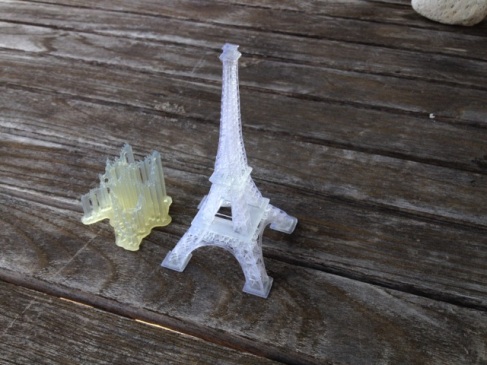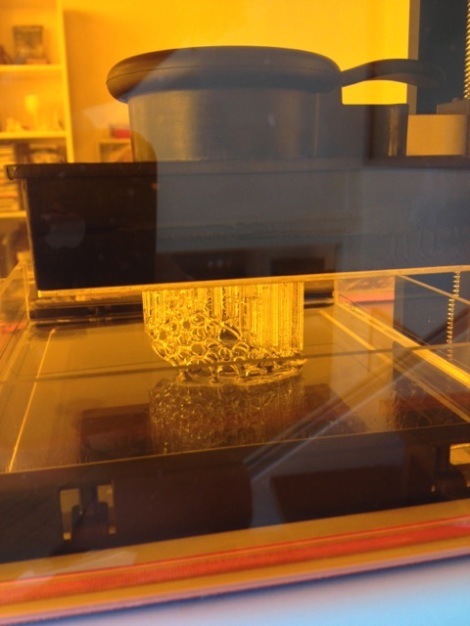I recently attended the 2014 Maker Faire in New York. Over the weekend, September 26-27, 85,000 people attended the event to see 830 exhibits, presentations, performances and attractions. On display was an astonishing array of offerings from young entrepreneurs to large corporates; including countless 3D printers, a portable laser cutter, a flat pack CNC foam cutter and inject printer for electrical circuits. 3D Printings was a popular highlight at the show. Dremel launched its new mass market 3D printer, a 3D-printed fully-electric car was unveiled, as was a 3D delta printer machine capable of printing parts over 4.5 meters high. For me, a modest project caught my eye. An African 3D printer made primarily from e-waste. Miles
- CNC Foam cutter
- An more printers
- 3D printers everywhere
- e-waste printer
- e-waste printer
- Massive 3D printer
- 3D print car
- 3D print car
- 3D print car
- Dremel 3D printer




















